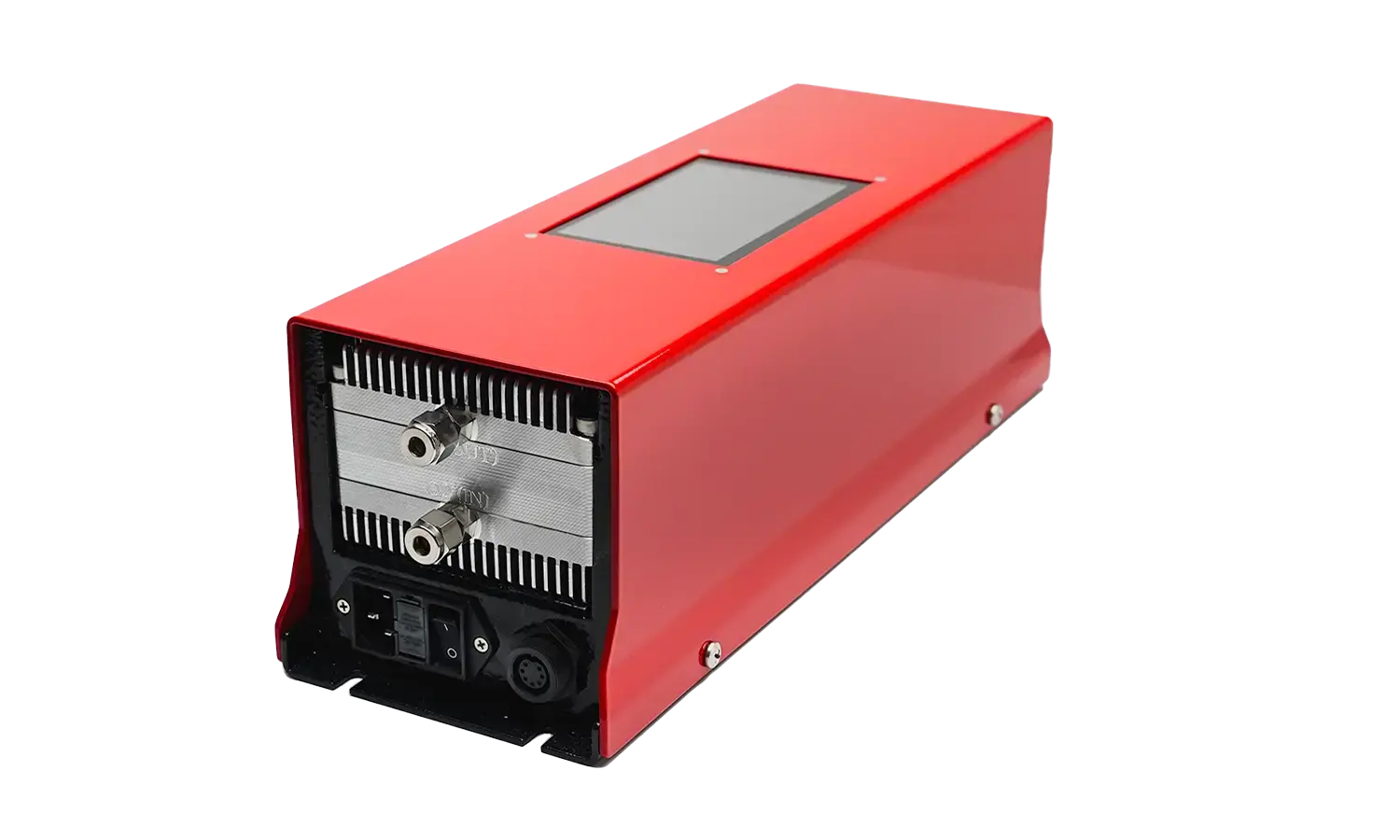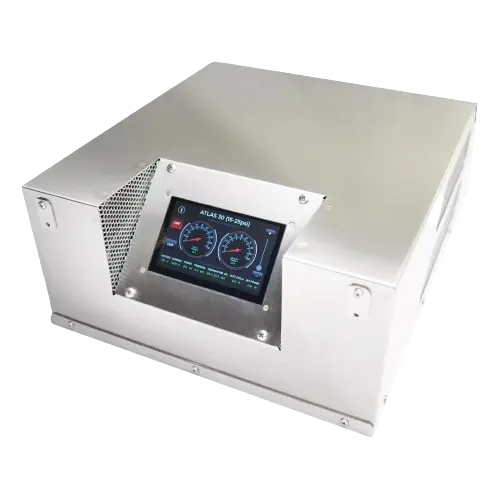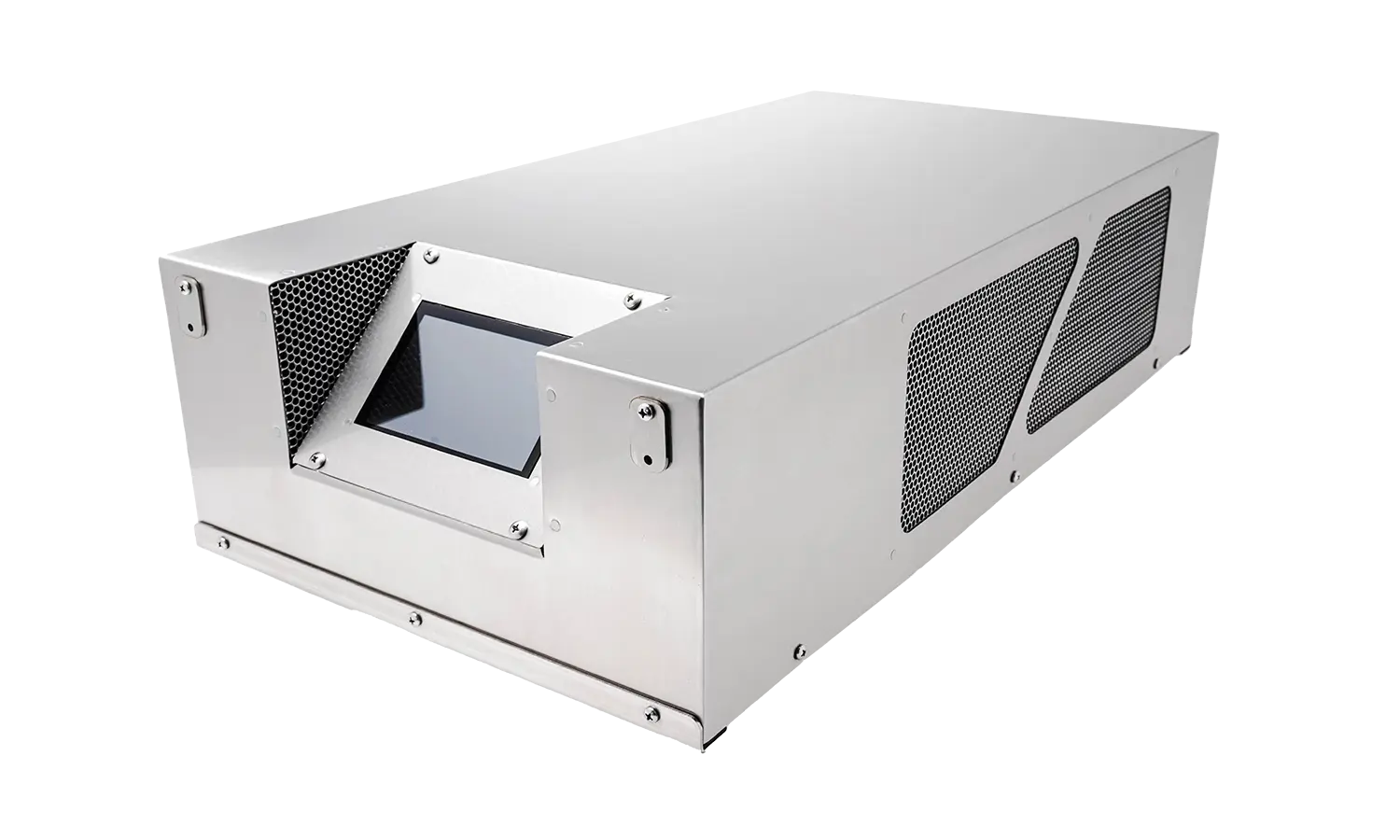Ozone Library
Ozone Terminology
This glossary provides definitions and explanations of key terminology used in Ozone science to help familiarize yourself with Ozone.
CFM: cubic feet per minute
PPD: pounds per day (1 ppd = 18.9 g/hr = 0.45 kg/day = 0.0189 kg/hr)
PPM: parts per million
PSIG: pounds per square inch gauge
SLPM: standard liters per minute
VAC: Volts AC (alternating current)
W: Watts
%w-w: ozone concentration; percentage ozone by weight
FLOCCULATION:
In the field of chemistry, is a process where colloids come out of suspension in the form of floc or flakes. As opposed to precipitation, flocculation merely suspends colloids in a liquid rather than dissolving them in a solution. In the flocculated system, there is no formation of a cake since all the flocs are in the suspension
ANTI-MICROBIAL:
A substance that kills or inhibits the growth of microorganisms[1] such as bacteria, fungi, or protozoans. Antimicrobial drugs either kill microbes (microbicidal) or prevent the growth of microbes (microbiostatic).
CORONA DISCHARGE METHOD:
This is the most popular type of ozone generator for most industrial and personal uses. While variations of the “hot spark” coronal discharge method of ozone production exist, including medical grade and industrial grade ozone generators, these units usually work by means of a corona discharge tube. They are typically very cost-effective and do not require an oxygen source other than the ambient air. However, they also produce nitrogen oxides as a by-product. The use of an air dryer can reduce or eliminate nitric acid formation by removing water vapor and increasing ozone production. The use of an oxygen concentrator can further increase ozone production and further reduce the risk of nitric c formation by removing not only the water vapor but also the bulk of the nitrogen.
ULTRAVIOLET LIGHT:
UV ozone generators, or vacuum-ultraviolet (VUV) ozone generators, employ a light source that generates a narrow-band ultraviolet light, a subset of that produced by the Sun. The Sun’s UV sustains the ozone layer in the stratosphere of Earth.
While standard UV ozone generators tend to be less expensive,[clarification needed] they usually produce ozone with a concentration of about 0.5% or lower. Another disadvantage of this method is that it requires the air (oxygen) to be exposed to the UV source for a longer amount of time, and any gas that is not exposed to the UV source will not be treated. This makes UV generators impractical for use in situations that deal with rapidly moving air or water streams (in-duct air sterilization, for example).
The production of ozone is one of the potential dangers of ultraviolet germicidal irradiation. VUV ozone generators, unlike corona discharge generators, do not produce harmful nitrogen by-products, and also unlike corona discharge systems, VUV ozone generators work extremely well in humid air environments. There is also not normally a need for expensive off-gas mechanisms and no need for air driers or oxygen concentrators which require extra costs and maintenance.
COLD PLASMA:
In the cold plasma method, pure oxygen gas is exposed to a plasma created by dielectric barrier discharge. The diatomic oxygen is split into single atoms, which then recombine in triplets to form ozone.
Cold plasma machines utilize pure oxygen as the input source and produce a maximum concentration of about 5% ozone. They produce far greater quantities of ozone in a given space of time compared to ultraviolet production.
The discharges manifest as filamentary transfer of electrons (micro discharges) in a gap between two electrodes. A dielectric insulator must be used to separate the metallic electrodes and prevent arcing and distributing the discharges.
Cold plasma units also have the capability of producing short-lived allotropes of oxygen which include O4, O5, O6, O7, etc.
Get in touch if you have any questions about ozone terminology.





